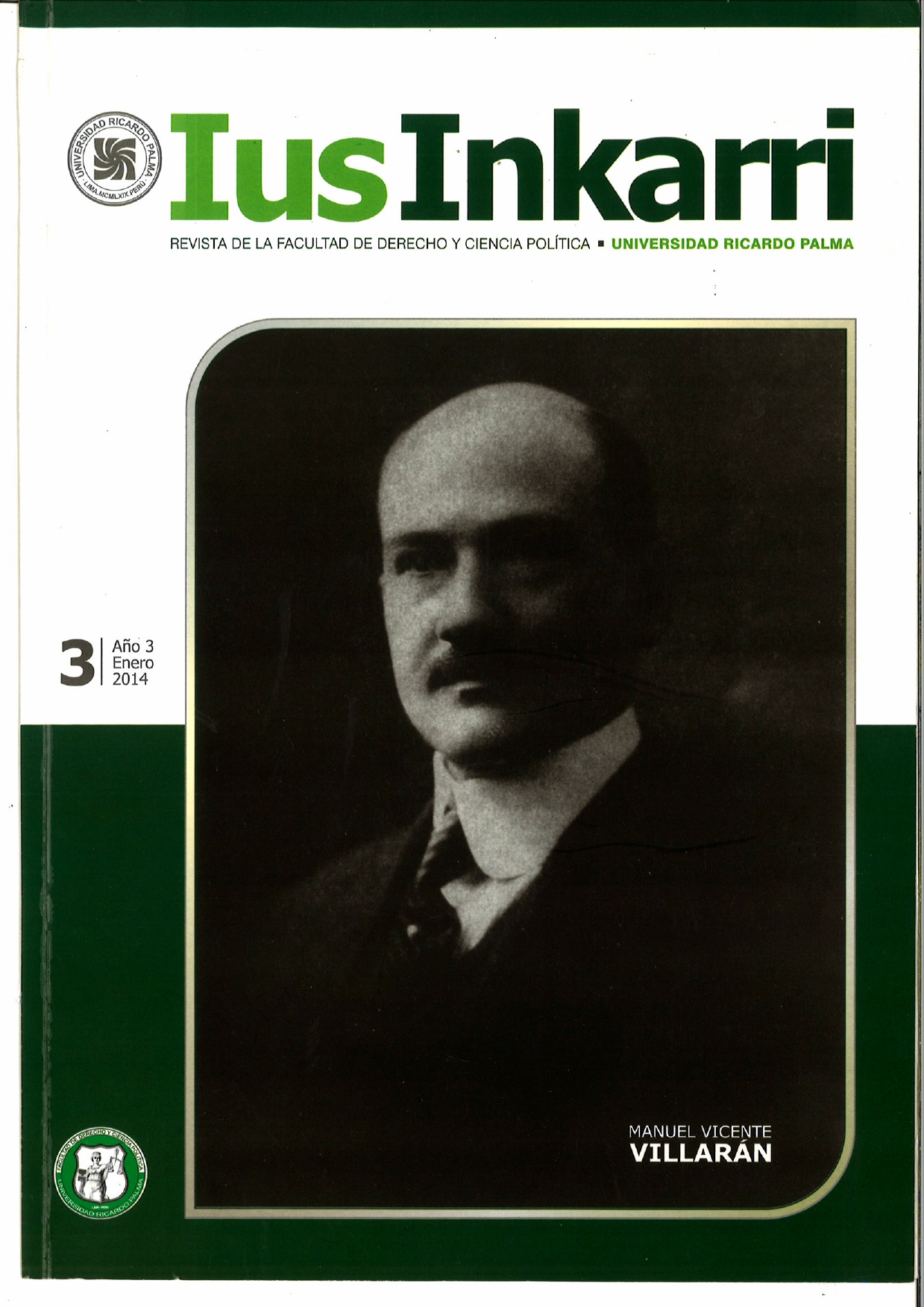Direct democracy in Latin American constitutions: a comparative analysis
DOI:
https://doi.org/10.31381/iusinkarri.vn3.4147Keywords:
democracy, representativeness, audience, assemblies, stake, sovereigntyAbstract
As is known from the 80s of last century wave of democratization swept Latin America. The various dictatorships that time concluded. In most cases because the military government left power in International convened a constituent assembly as in Ecuador, Peru, Brazil and Chile, or are returned to the previous constitution as happened in the Uruguay reestablished the presidential Cons.. titution of 1966. Mexico and Argentina also did the same. Instead Venezuela and Colombia, who suffered no coups kept their constitutions. However they would be modified. In the case of Venezuela when Chavez was elected President and the Colombian government's decision then. The change of the Colombian Constitution was exemplary because it was linked to the use of direct democracy with double effect. First, a referendum was held to ask the people whether he was in favor of a new constitution and, after the people voted in favor of this change, the government convened a Constituent Assembly to make a new constitution, which Constitutional project was submitted to referendum.
Downloads
Downloads
Published
How to Cite
Issue
Section
License
Copyright (c) 2021 Francisco Miró Quesada Rada

This work is licensed under a Creative Commons Attribution 4.0 International License.













